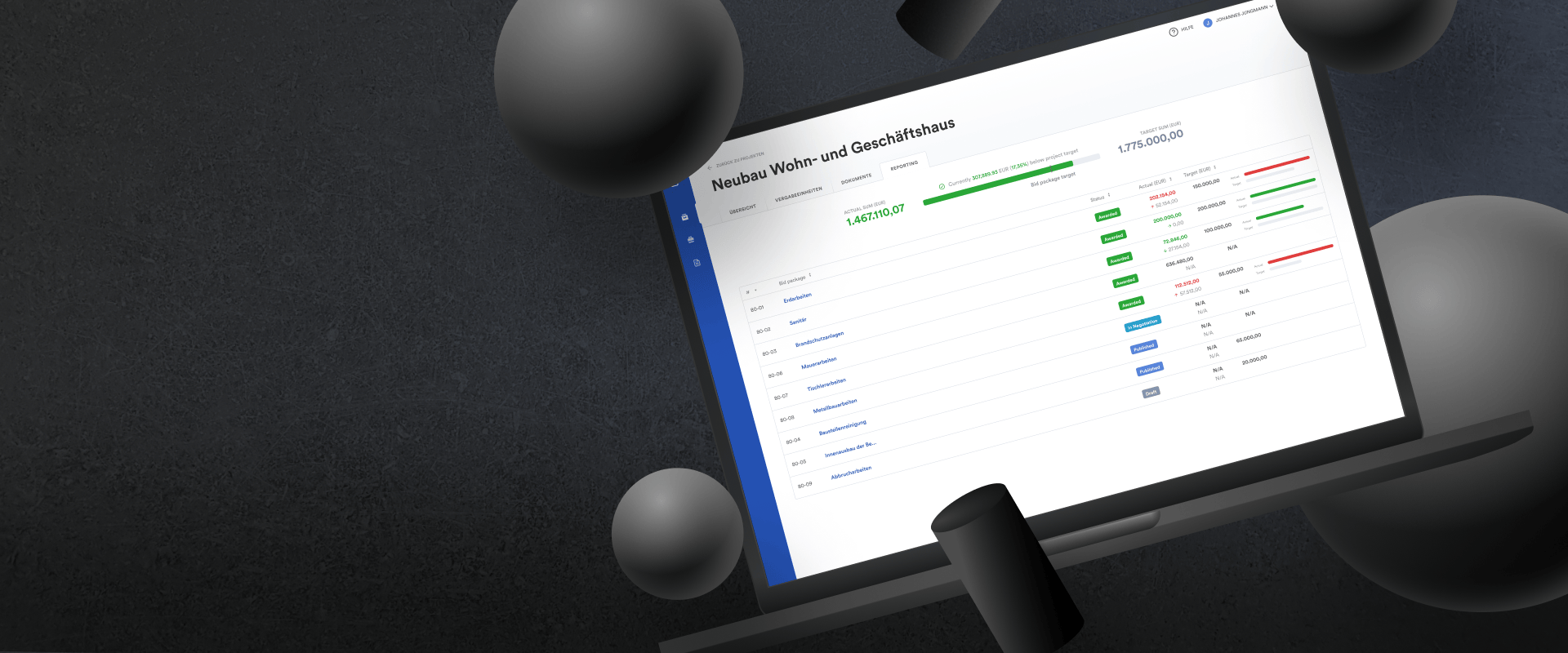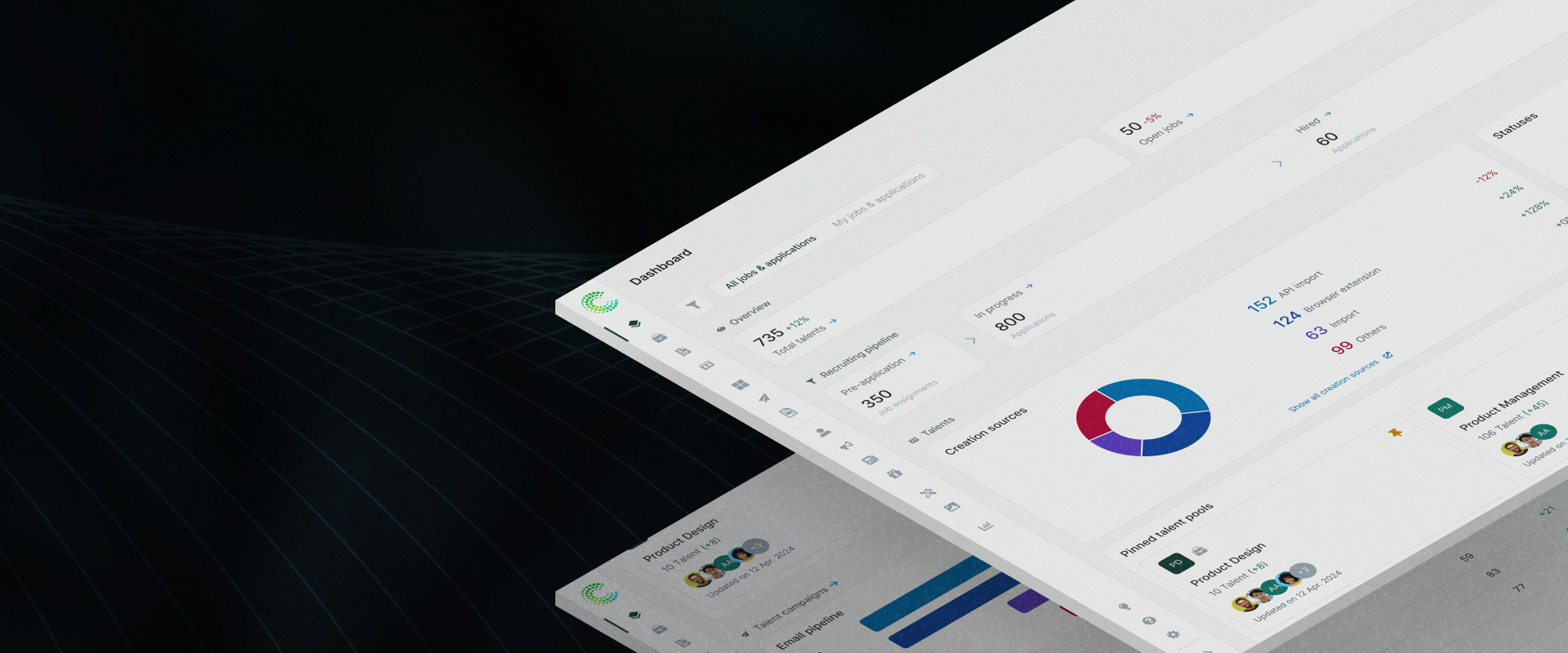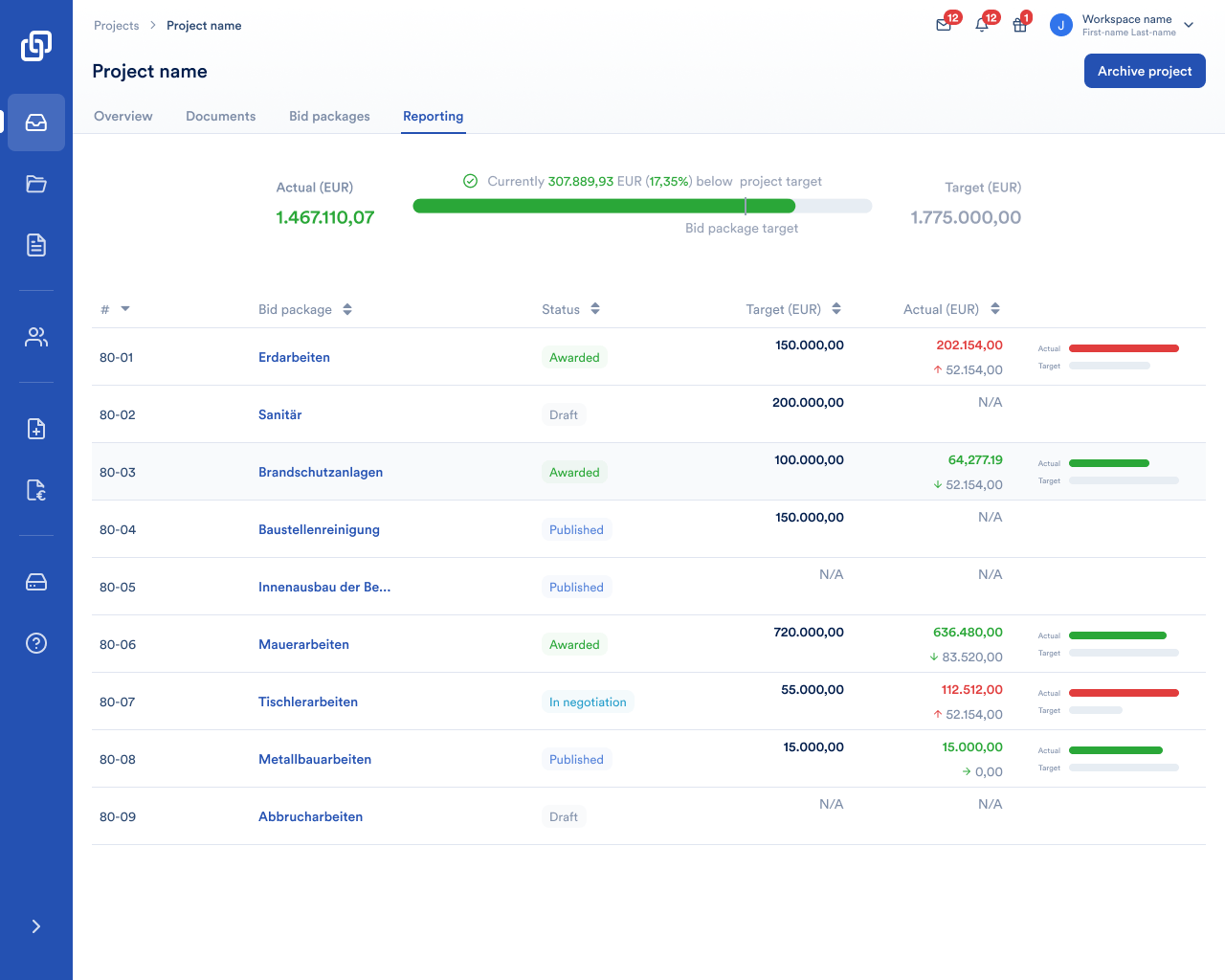
Background & Problems
Cosuno, a cloud-based software, streamlines the tendering process for construction projects. It allows general contractors to plan projects and invite subcontractors to bid through the platform.
As of August/September 2021, the platform only allowed general contractors to manage the tendering part of the process, from preparing and publishing projects to negotiating and awarding contracts to winning subcontractors.
Problem: High platform drop-out rate after negotiating with subcontractors in person & after revising bids following negotiations (end of flow)
My Responsibilities
Design a clickable prototype and prepare questions for usability test
Participate in user research, usability test, and analyze user feedback
Create design and technical hand-offs
Impacts
Provide the GC with a complete tendering process, from preparation to award and budget report
Motivate the GC to enter awarded bid amounts when awarding a bid so that they can use this data in the report, thereby increasing the awarded bid volume
1 / 6
Discovery
This phase was to gain an understanding of the needs, pain points, and challenges faced by General contractors after they have found a suitable subcontractor for a project.
User Research

Competitive Analysis
The budget report is available on most competitors’ platforms.
Contracts are not as popular and are mostly done through a third-party integration.
User Feedback
Asynchronous feedback mentioned Target-Actual Comparisons and Contracts very often.
2 / 6
Define
This phase was to make sense of the discoveries and narrow down the scope of the project.
Prioritization
Contract is harder to implement & acquire new users at this stage. Implementing the budget report feature right after awarding will give users the motivation to award bids on platform.
Job-to-be-Done

As a construction quantity surveyor (Kalkulator*innen) or project manager, after I have chosen the most suitable subcontractor for a project, I want to easily compare the awarded bid amounts with my initial project budget breakdowns so I can evaluate the effectiveness of the tendering process.
3 / 6
Prototype
As we have already discovered enough information about this feature, we created a clickable prototype that adheres to industry standards with some assumptions to validate at the end of the project.
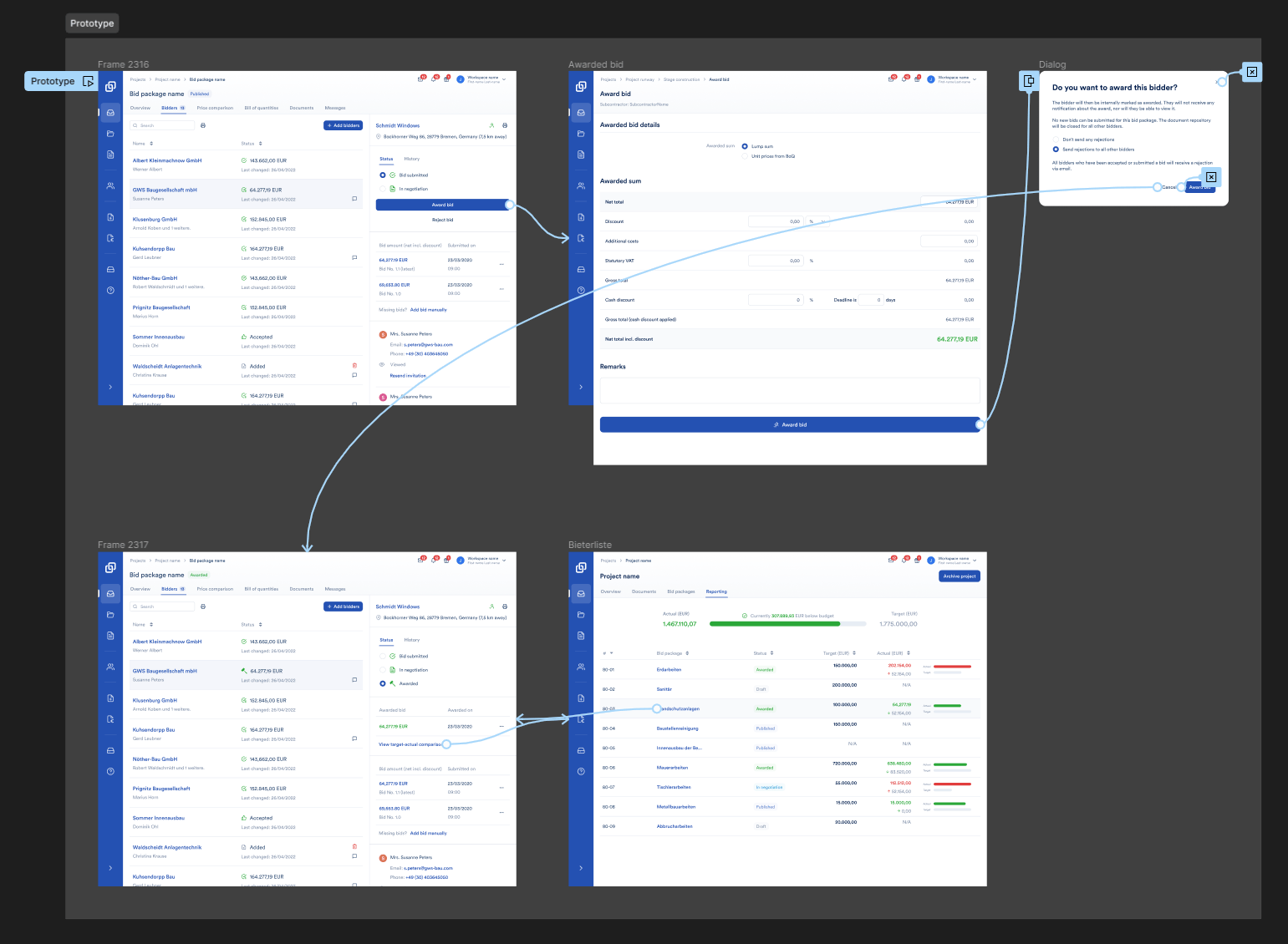
Assumptions, to Be Validated
- Users might only be interested in the budget report when all costs are available on the platform, i.e., after awarding a bid.
- The entry point to this feature might make the most sense underneath the final cost – the awarded sum.
- Users might be interested in the following information:
- Comparison: project target cost vs project actual cost
- Comparison(s): bid package target cost vs bid package actual cost
- Each bid package’s ID, name, and current status
4 / 6
Validation & Usability Test
We showed them a prototype and asked them to try it out while talking about their experience. This helped us understand what they wanted and how easy it was to use.
Research Questions
- Do the majority of users need this feature?
- How might we increase awareness of the feature and best lead our users to the budget report feature?
- What is the necessary budget-related information?
Participants
We talked to customers, both those who wanted this feature and those who didn’t mention this feature at all, to see what they thought of our idea.
5 / 6
Findings
The research findings confirmed the need for this feature, plus revealed some further needs that informed later iterations of the feature.
Validated Hypotheses
- All users understood the budget overview and confirmed the need for such a feature.
- All users could find the budget overview without any aid from our side.
- All users found the data visualization easy to understand.
- One user suggested a percentage breakdown of budgets.
- One user asked to add the sum of bid packages’ targets to the visualization.

6 / 6
Results
The reporting feature motivated users to award their bids and enter the awarded bid sum, resulting in a 150% increase in monthly awarded bid volume within one month after its release.
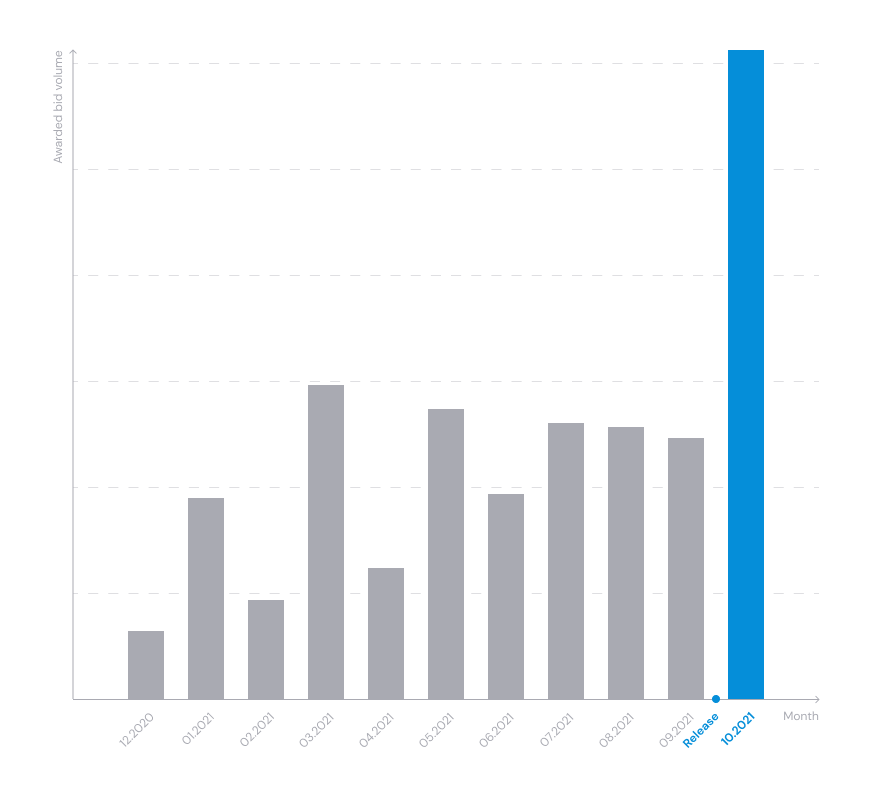
Bonus: Later Iterations
Job-to-be-Done
As a construction quantity surveyor (Kalkulator*innen) or project manager, I want to be able to view the quantitative project data in one place, so that I can quickly see the project status and success with one sight.
Context
This story added more information and reflect the Leistungsphasen nach HOAI (HOAI Construction phases) in the cost reporting feature so that it’s closer to the cognitive model of the users who follow that standard.
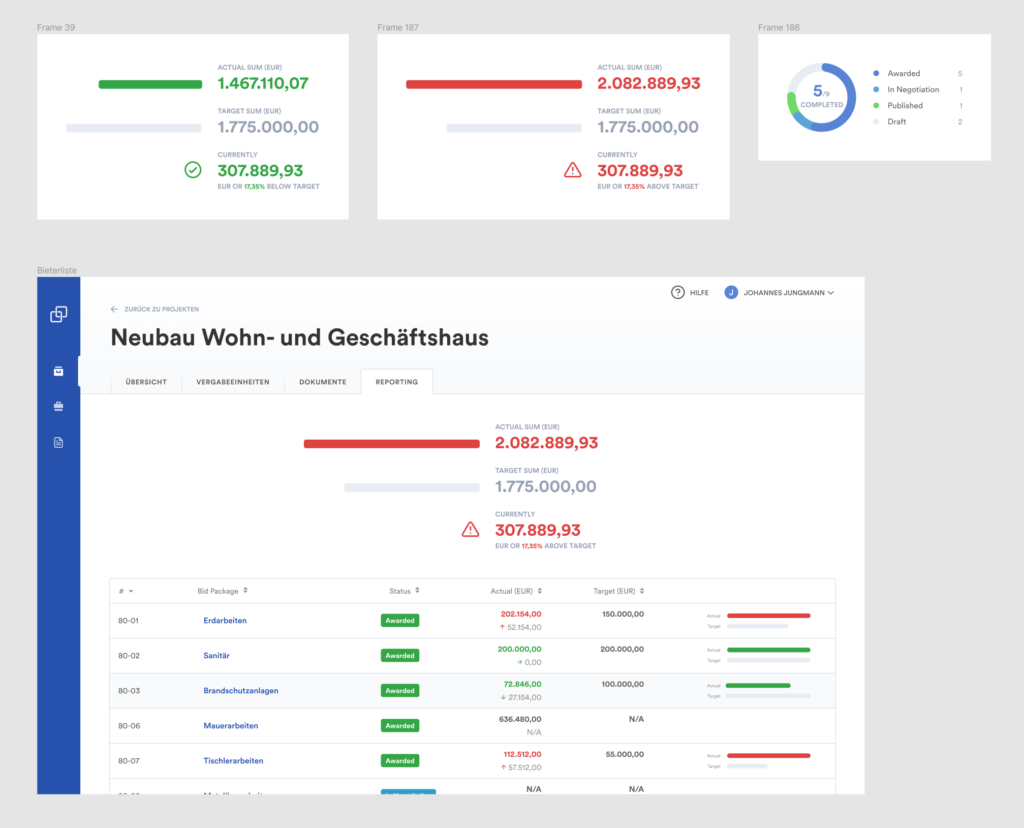
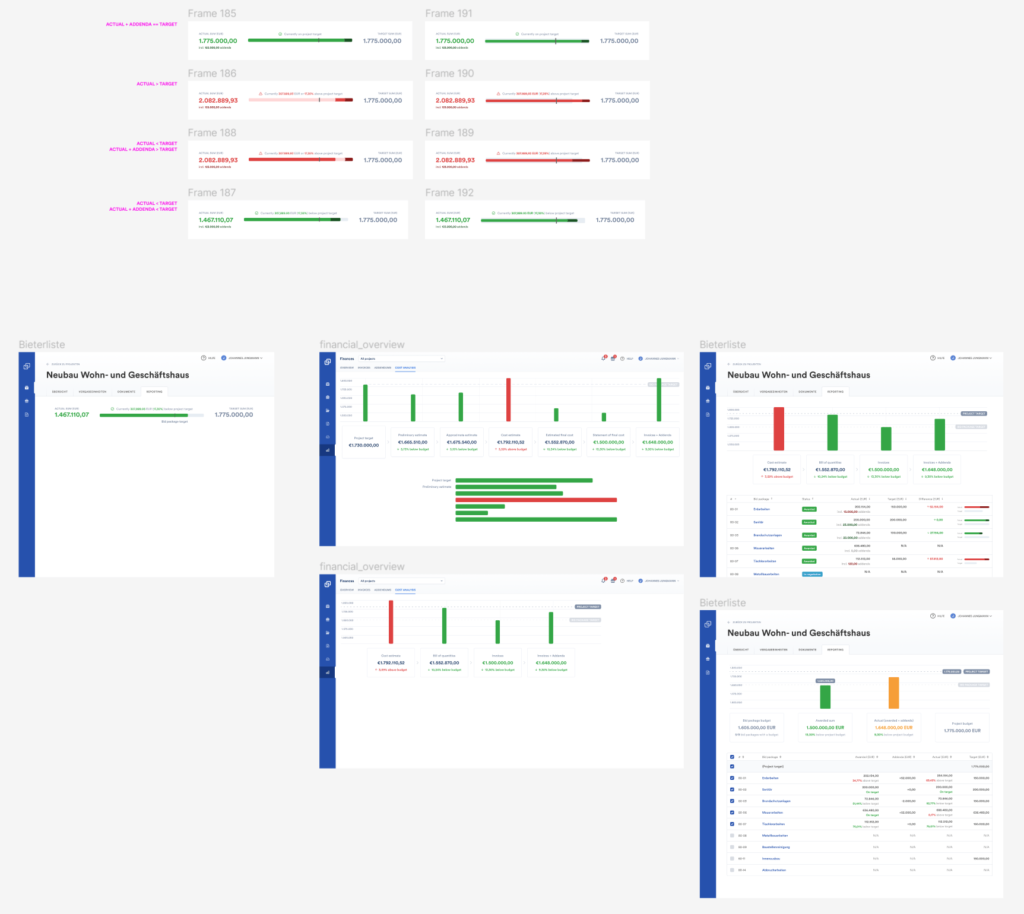
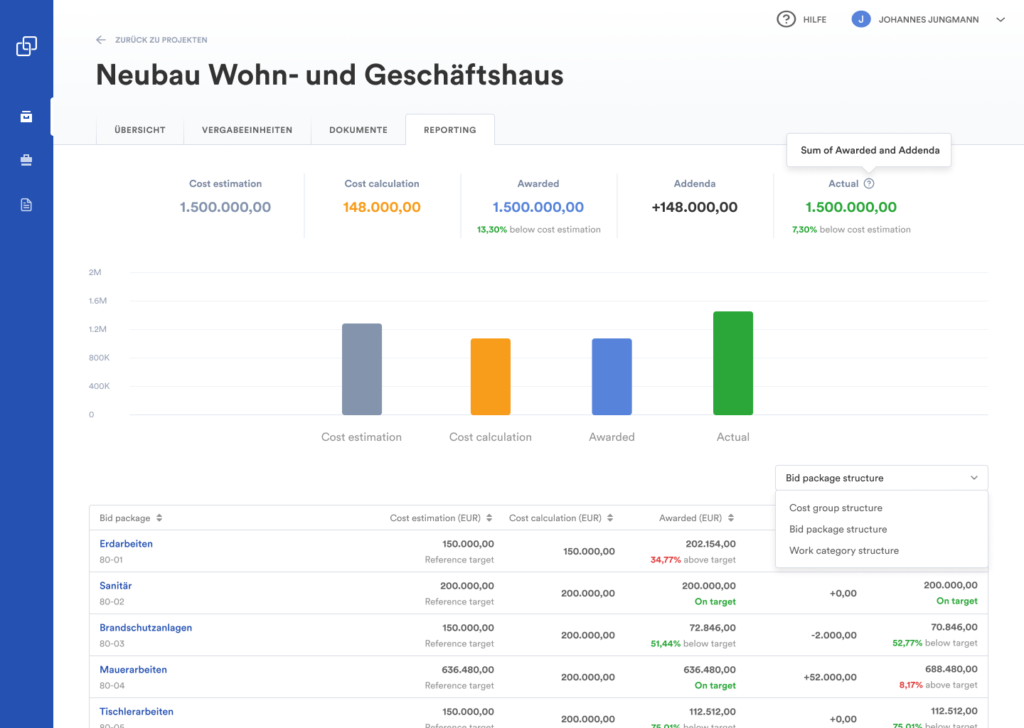

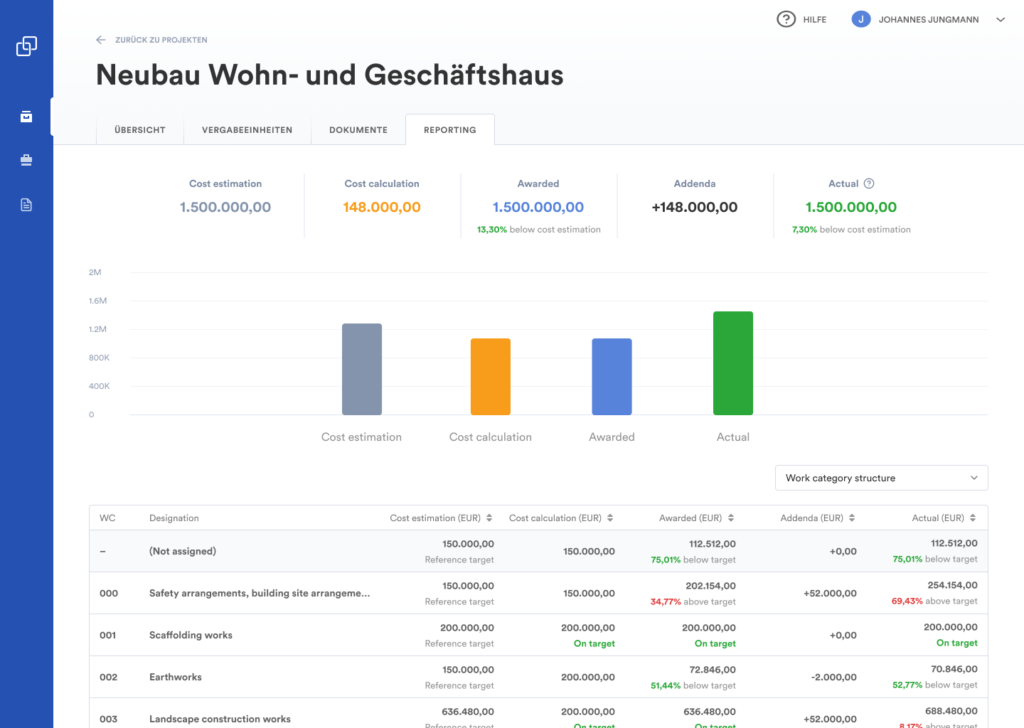
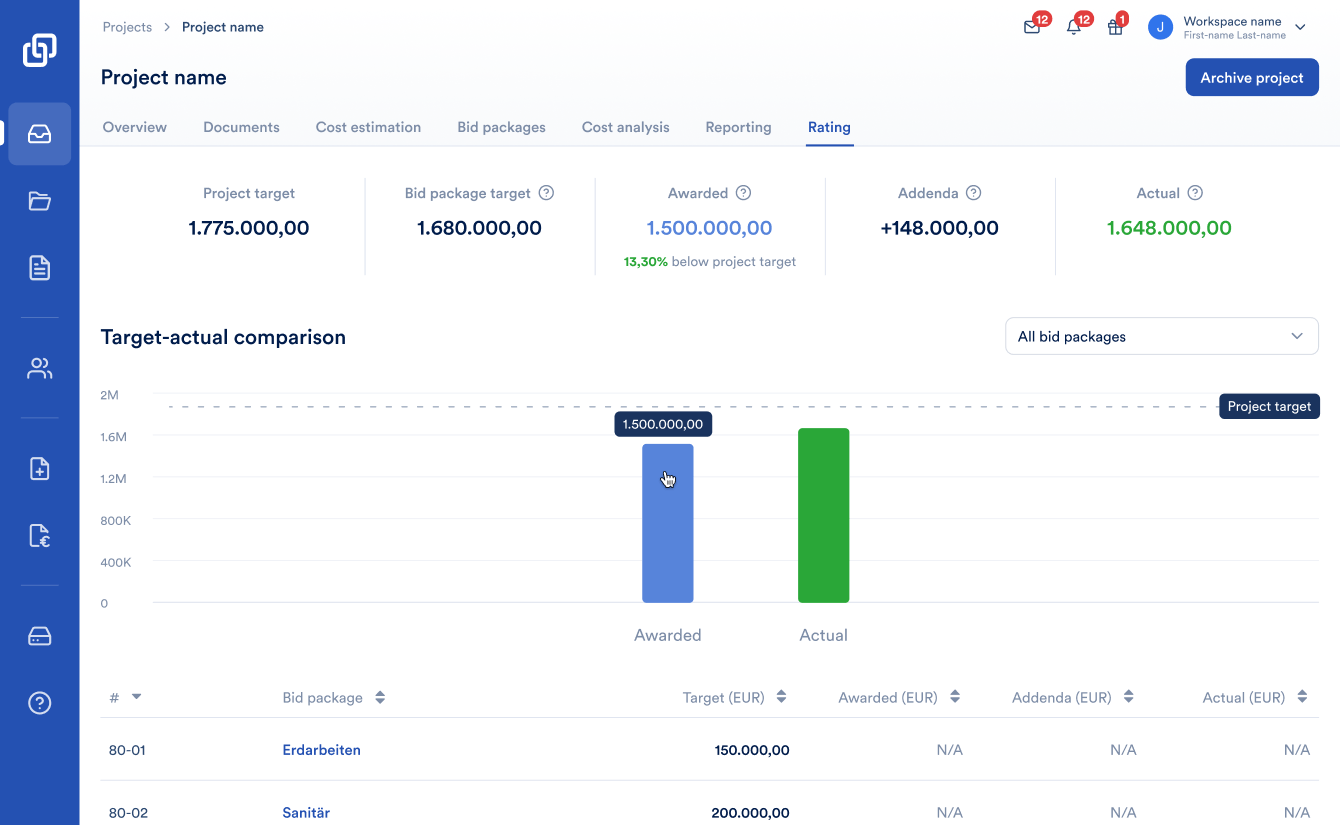
Key Takeaways
Increasing the usage of a feature does not always require improving the feature itself. Sometimes, it is more effective to improve the steps around that feature in the user flow so that users are more motivated to use it.
It’s more reasonable to make assumptions when you have a solid foundation, such as prior user research or industry standards. However, it’s crucial to validate these assumptions before basing important decisions on them.
Team & Stakeholders
Seynabou Diop – Head of Product
Carmen Pölking – Product Manager
Constantin Eichstaed – Head of Design
Maximilian Seifert – Co-Founder / CTO
Simon Mathewson – Full-Stack Engineer
